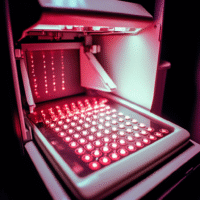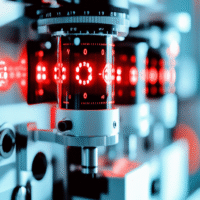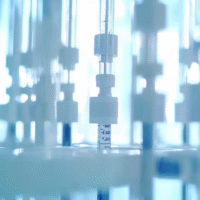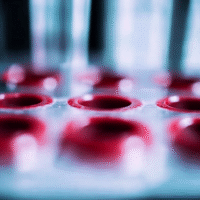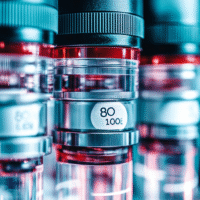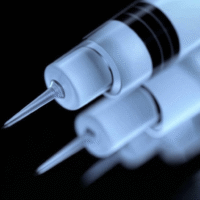Understanding the Study Results
This study looked at two ways to follow up with early-stage breast cancer (EBC) patients after treatment: using a digital tool called Noona and making phone calls. The goal was to see which method was more cost-effective and how many times patients needed to contact their healthcare providers.
What Worked?
- Both methods allowed patients to communicate with their healthcare team.
- Patients using the digital tool had quicker access to services.
What Didn’t Work?
- There were no significant differences in costs or the number of contacts between the two methods.
- Costs increased for both groups during the second half of the study, likely due to scheduled visits.
How Does This Help Patients and Clinics?
- Patients can choose a follow-up method that suits them best, whether digital or phone calls.
- Clinics can use these findings to improve patient communication and care efficiency.
Real-World Opportunities
- Hospitals can implement digital tools like Noona to enhance patient engagement.
- Doctors can offer patients a choice between digital and phone follow-ups based on their preferences.
Measurable Outcomes
- Track the number of patient contacts for each follow-up method.
- Monitor the costs associated with each method.
- Evaluate patient satisfaction with both follow-up options.
AI Tools to Consider
- AI chatbots can assist in answering patient questions through digital platforms.
- AI analytics can help track patient engagement and outcomes effectively.
Step-by-Step Plan for Clinics
- Start by introducing the digital tool Noona to a small group of patients.
- Gather feedback on their experiences with both follow-up methods.
- Analyze the costs and number of contacts for each method.
- Gradually expand the use of the digital tool based on patient feedback and outcomes.
- Continuously monitor and adjust the approach to improve patient care.
For more details on the research, you can read the full study here.

















